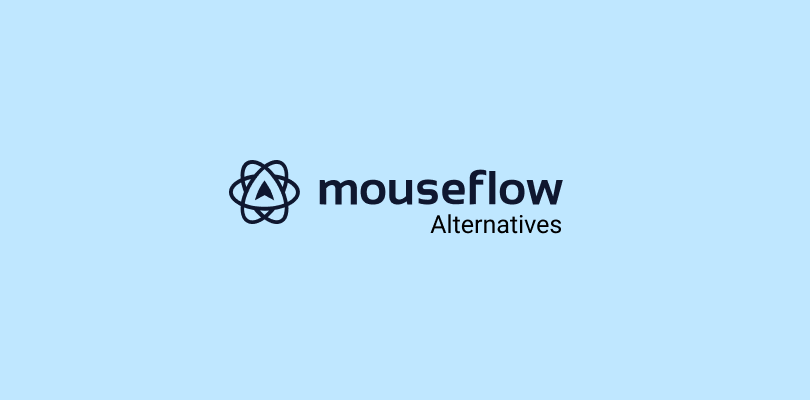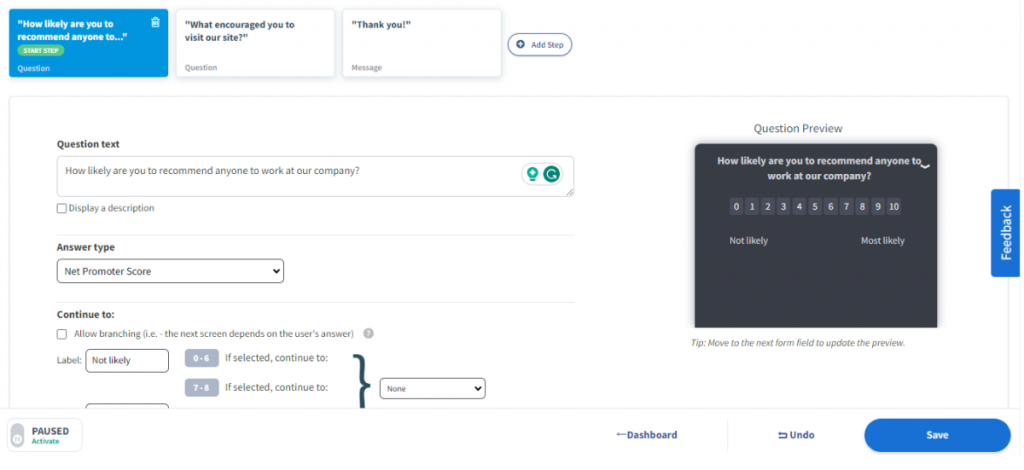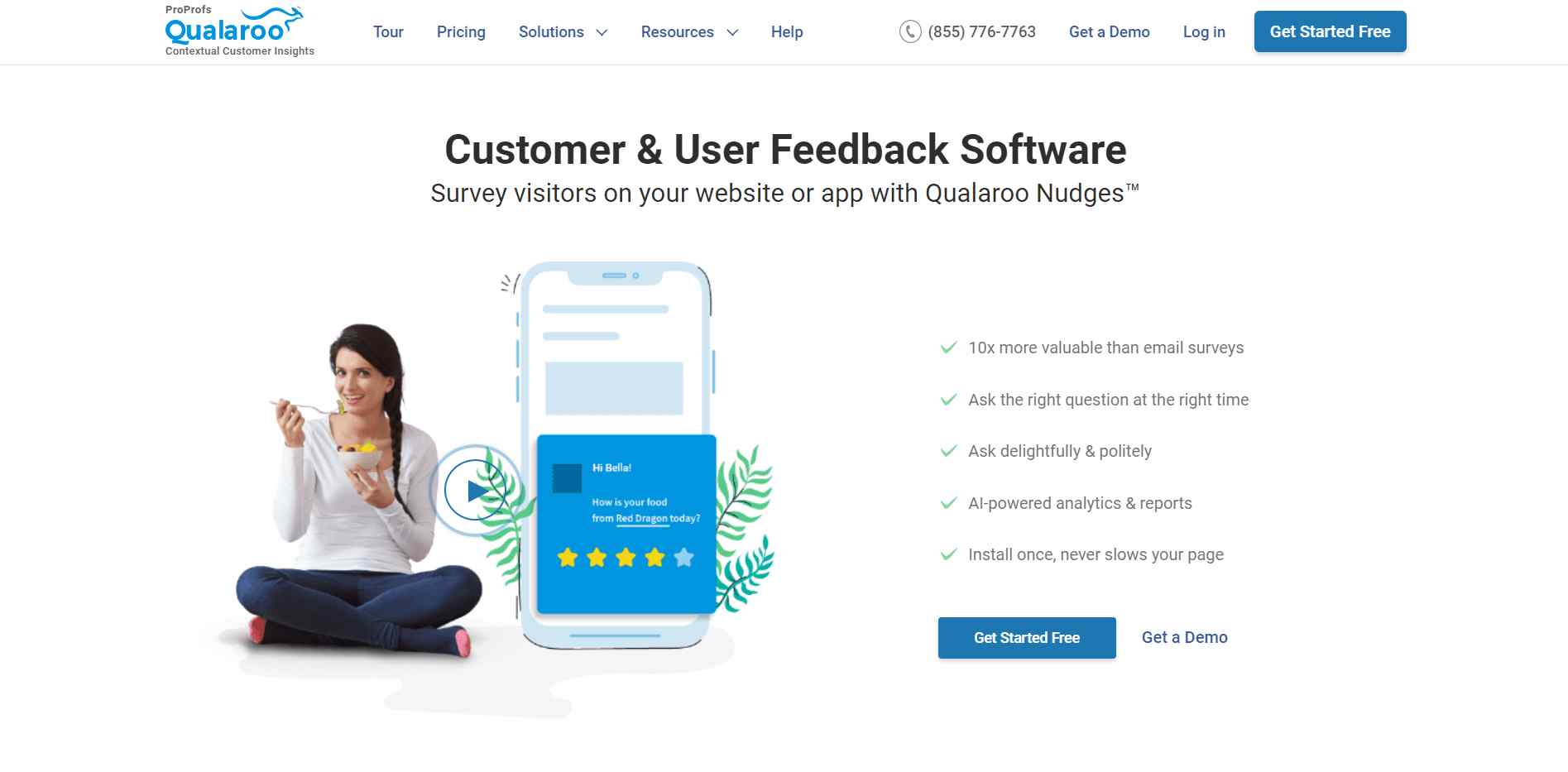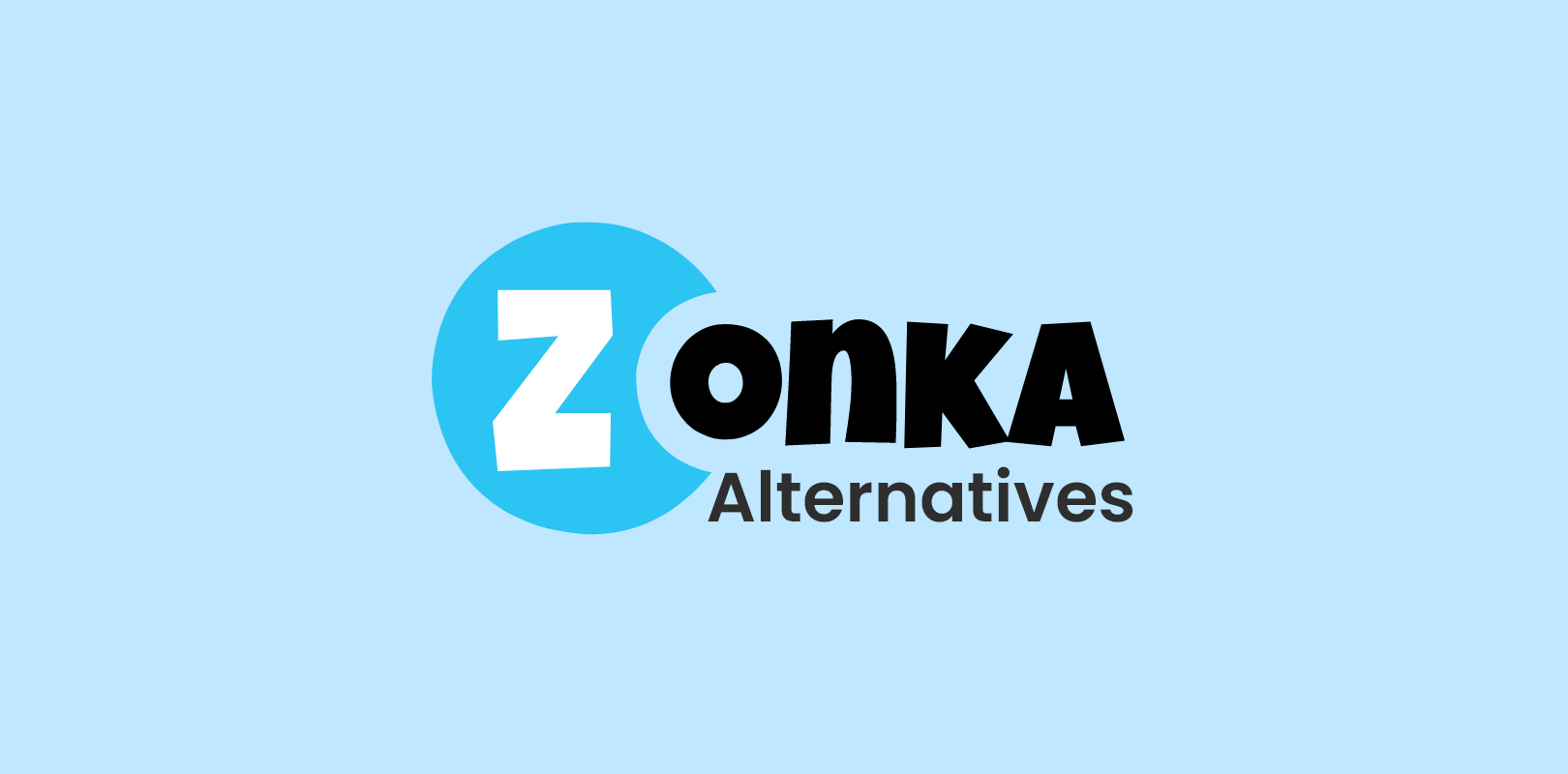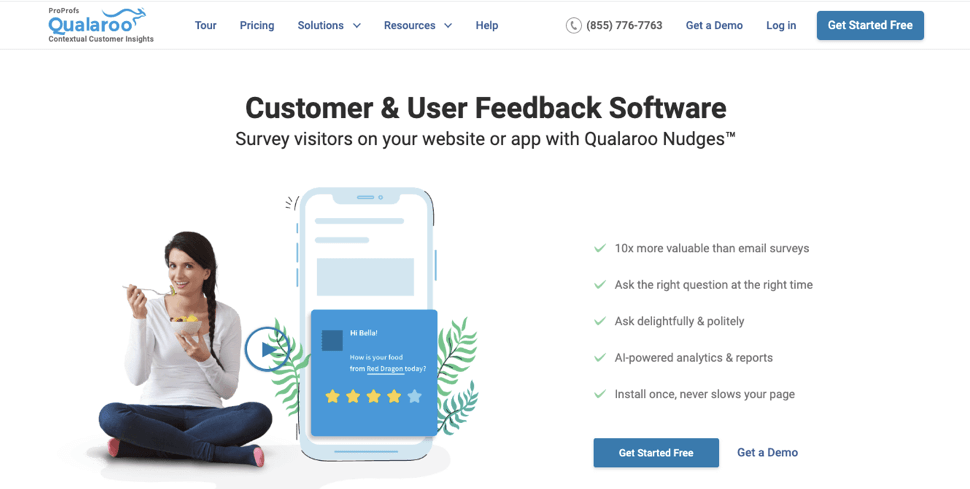Pollfish has long been a popular online survey tool in the market, known for its market research capabilities.
But as the industries look forward to real-time surveys and instant outcomes, there’s a constant demand for Pollfish alternatives and competitors that offer more than just standard surveys.
Having spent over a decade in the industry, I’ve decided to throw some light on this trend.
In this blog, I have listed the best Pollfish alternatives and competitors in 2025, which can help you achieve superior survey outcomes.
This list draws from my own first-hand experiences, insights from my industry peers, and reviews from leading websites.
Best Pollfish Alternatives to Try in 2025
Without any further ado, let’s jump straight into the Pollfish competitors that offer the most bang for your buck.
1. Qualaroo – Best for Real-Time and Contextual Feedback
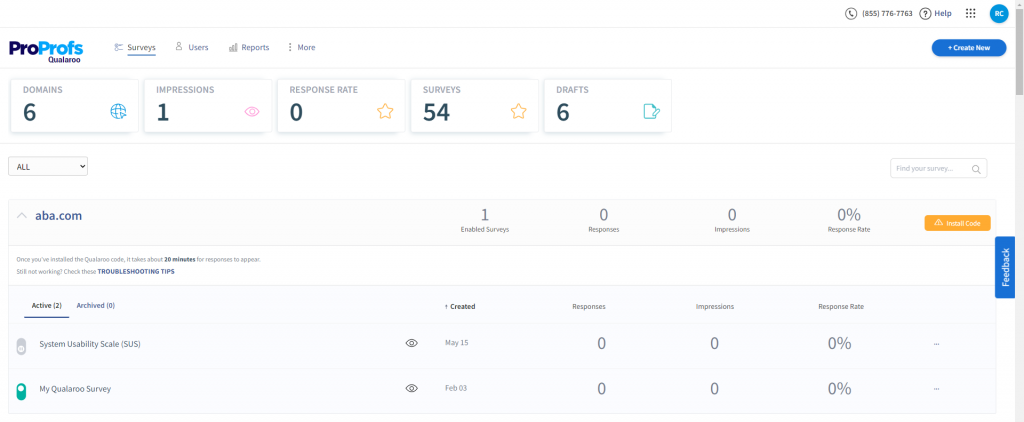
Real-time feedback is essential for businesses to get immediate user and customer insights. For this, I find Qualaroo to be equipped with the best features.
This Pollfish alternative enables you to design online surveys tailored to your target audience. Another interesting feature of the tool is its NudgeTM technology for collecting feedback.
I could set up triggers based on user behaviors, such as how long they stay on your page, when they intend to leave, or how many pages they visit. All this allowed me to collect feedback in a non-intrusive way, and at the right moments and touchpoints in the customer journey.
I could also customize the look and feel of survey templates to match the brand experience. Along with real-time feedback, you can quickly identify issues or opportunities as they arise and take immediate action to improve the user experience or address concerns.
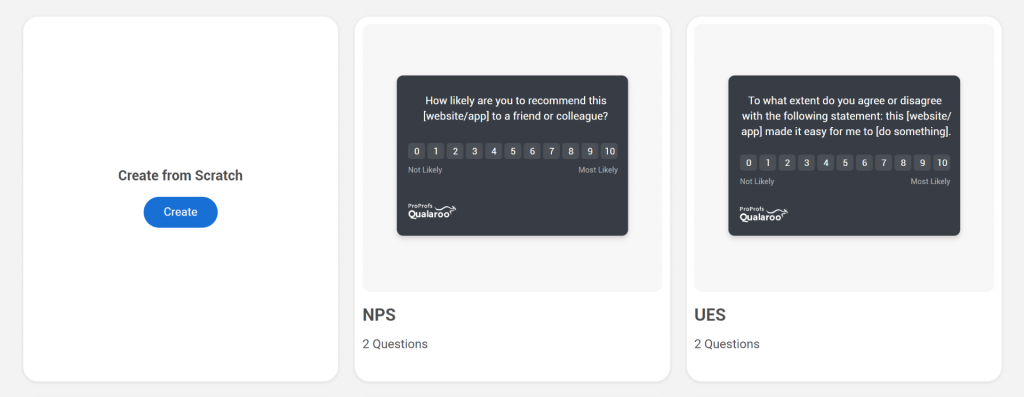
What You’ll Like:
- Create different surveys to target multiple metrics like Net Promoter Score (NPS), Customer Satisfaction Score (CSAT), Customer Effort Score (CES), and more.
- Skip and conditional logic to allow respondents to skip questions and show them relevant follow-up questions.
- Integration with tools like Salesforce, HubSpot, and Slack ensures team collaboration in closing the feedback loop.
- Seamless compatibility with mobile devices ensures a good user experience.
- Exit-intent surveys to find out why potential buyers do not convert.
- Advanced sentiment analysis using artificial intelligence.
What You May Not Like:
- 15-day trial period, which may not be sufficient.
- Does not allow dark mode on the software.
Price: Starts at $69/month. Unlimited nudges and responses for 1 domain. 15-day free trial available.
Read More: 7 Steps to Conduct a Survey – Best Practices, Tools, & More
2. ProProfs Survey Maker – Best for Feedback via Emails
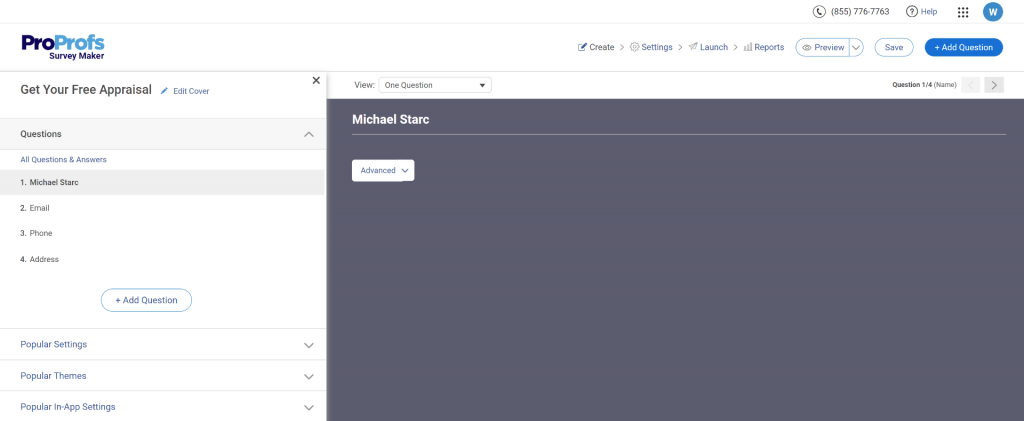
Next on my list of Pollfish competitors is ProProfs Survey Maker, which has many exciting features.
It allows you to create customized email surveys with your branding, making them more appealing to respondents and increasing response rates.
Even its pre-designed email survey templates with in-built themes can help you create professional and visually appealing survey campaigns. This can save you time and effort in designing your email.
With its 100+ ready-made templates and over 1,000,000 thoughtfully designed questions, it can help you get information aligned with your business goals and objectives.
One of the features I really like about ProProfs Survey Maker is its ability to create different types of scored questionnaires, such as scored surveys, quizzes, personality quizzes, and NPS Surveys (Net Promoter Score).
What You’ll Like:
- Easy integration with popular marketing tools like MailChimp, Constant Contact, or other CRM systems.
- Share surveys and questionnaires in various ways, including email, direct links, social media, QR Code, and embedding on a website/blog.
- Real-time reports and analytics on survey responses with information about demographics and behavior.
- Automatic reminders to those who haven’t responded to the survey.
- 20+ question types, including ratings & buttons, with branching logic.
What You May Not Like:
- The starter plan allows only a single administrator.
- Involves a learning curve for survey editors.
Price: 15-day free trial available. Paid plans start at $19/month. Billed annually.
3. Google Forms – Best for Small and Medium-Sized Businesses
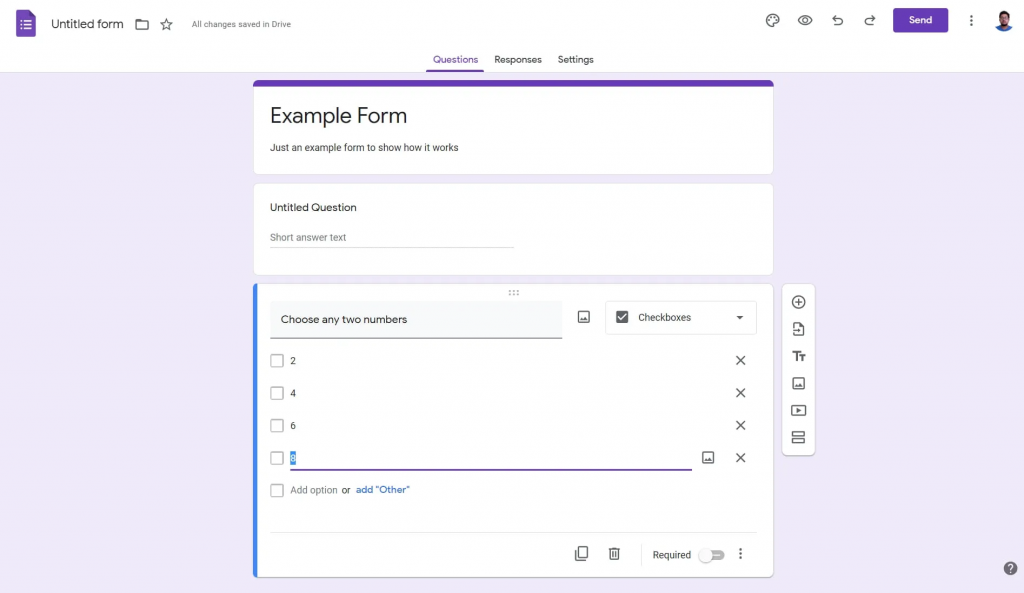
(Source: MySmartPrice)
Google Forms as a Pollfish alternative has an easy-to-use interface, making it accessible to users with limited technical knowledge. You can easily create forms, surveys, and questionnaires using multiple question types.
It offers various customization options, allowing you to align your forms with your brand’s visual identity. You can select various themes, colors, and fonts to create a professional and consistent look.
Google Forms is particularly effective for small and medium-sized businesses looking to minimize expenses while benefiting from powerful data collection and analysis tools.
I really like its ability to generate summary charts and graphs based on the collected data. These visual representations make it easier to understand and present your data to others, helping in decision-making.
And even its built-in intelligence to set response validation rules was very helpful. For example, if you use email marketing, it can help you ensure that email addresses are properly formatted, dates are correct, and that people get the right questions based on their previous answers.
What You’ll Like:
- Share your forms with specific people or a broad audience on your website or via email, Facebook, and Twitter.
- Offline access to collect data even in areas with poor or no internet connectivity.
- Seamless integration with other Google Workspace apps like Google Drive, Calendar, and Gmail.
- Automatic summary charts and graphs generated based on the collected data to understand it well and aid in decision-making.
- Various privacy and security features to protect sensitive data, along with data protection regulations like GDPR.
What You May Not Like:
- Lacks advanced features such as conditional logic, advanced reporting, and integration with third-party apps.
- Does not have many templates to choose from, and the design options are basic.
Price: Starts at $6/user/month.
4. Survs – Best for Collaborative Surveys
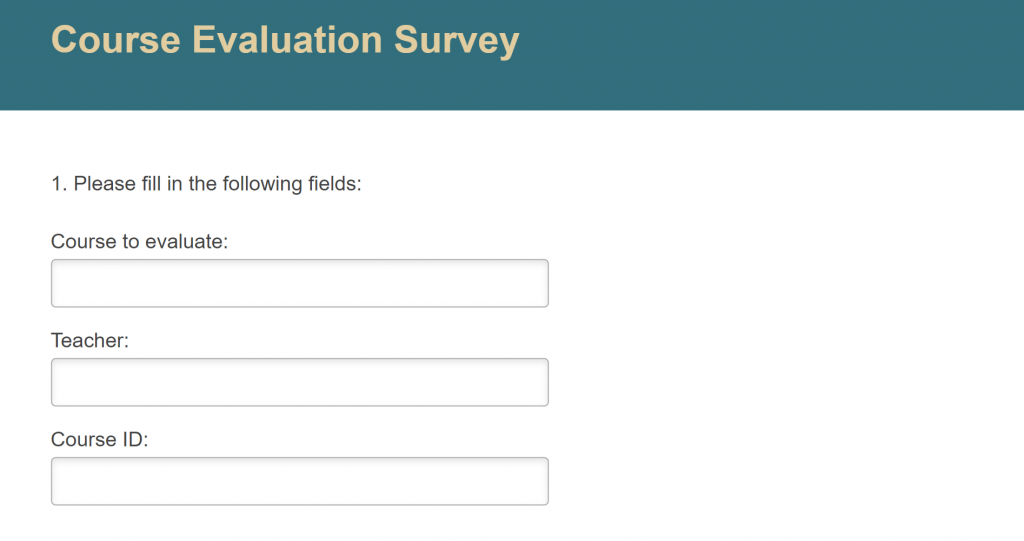
If you are looking for Pollfish alternatives that support team collaboration, you can count on Survs.
I found it extremely helpful with its team collaboration features, where you can create multi-user accounts and user permissions.
In fact, you can even work with your colleagues on the same surveys and access the same data. Survs also ensures the security and privacy of your data to the fullest.
One of its exciting features is the version history or revision tracking feature, which can help teams keep track of changes made to a survey over time. This is particularly important when multiple collaborators are involved.
Survs lets you create surveys with a user-friendly interface, multiple question types, customizable themes, and flexible options. You can also use skip logic, piping, custom URL variables, pre-populate, and language settings to enhance your survey design.
What You’ll Like:
- Allows you to analyze your survey results in real-time, export them in various formats, apply advanced filters, and share reports with others.
- Pre-defined questions and response options to maintain survey consistency and save time.
- Leverage conditional logic and branching in surveys to get precise insights.
- You can control who can access and work, as well as who can view the collected data.
- Supports over 100 languages, making it easy to create surveys for a global audience.
- Distribute your survey via link, email, HTML, or social networks.
What You May Not Like:
- Free plan allows only 100 monthly responses and no access to advanced features.
- Does not offer phone or live chat support.
Price: Starts at €19/month.
5. Zoho Survey – Best for Offline Surveys
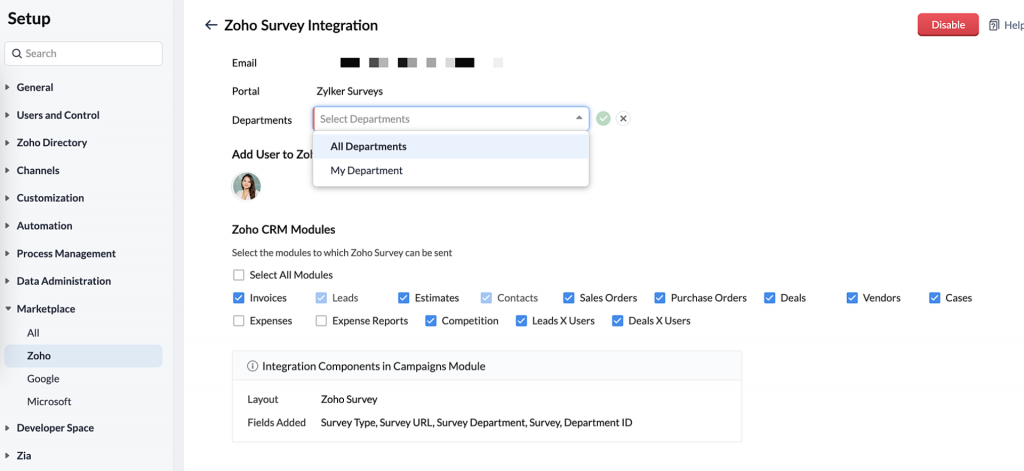
This Pollfish competitor allows you to create, distribute, and analyze surveys online. It has over 200 templates, themes, skip logic, multilingual support, and integration with Zoho CRM, SalesIQ, Campaigns, Sheet, MailChimp, and Google Sheets.
However, even its offline survey features are amazing. It allowed me to conduct offline surveys at any location using an iPad (you can use Android too), which can be used to collect feedback without worrying about internet connectivity.
It has a Kiosk mode where you can set up your device to display surveys in a loop and refresh automatically after each response. This is useful for collecting responses at trade fairs, restaurants, malls, and airports.
And once you’re back online, it can sync the collected data with your online account. This ensures that your offline responses are integrated seamlessly with the rest of your survey data.
Sounds cool, right?
Well, Zoho Survey has received positive reviews from users who have used its offline feature. In fact, it is already trusted by many well-known brands such as Hotstar, Asian Paints, ITC, Royal Enfield, Seaworld, Pidilite, and H&M.
What You’ll Like:
- 200+ survey templates with a wide range of topics to create surveys easily.
- Survey panels if you need responses from specific demographics.
- Collaborative editing and report sharing to work with your team members on creating and analyzing surveys.
- Security features such as password, multi-response, and spam protection to prevent unauthorized access.
- Skip logic, which allows you to show or hide questions based on the previous answers.
What You May Not Like:
- Limited free plan with a restricted number of surveys and responses.
- Reporting and analytics features are not as advanced and customizable as other survey tools.
Price: Starts at $25/month. Billed annually.
6. Microsoft Forms – Best for Template-Based Surveys
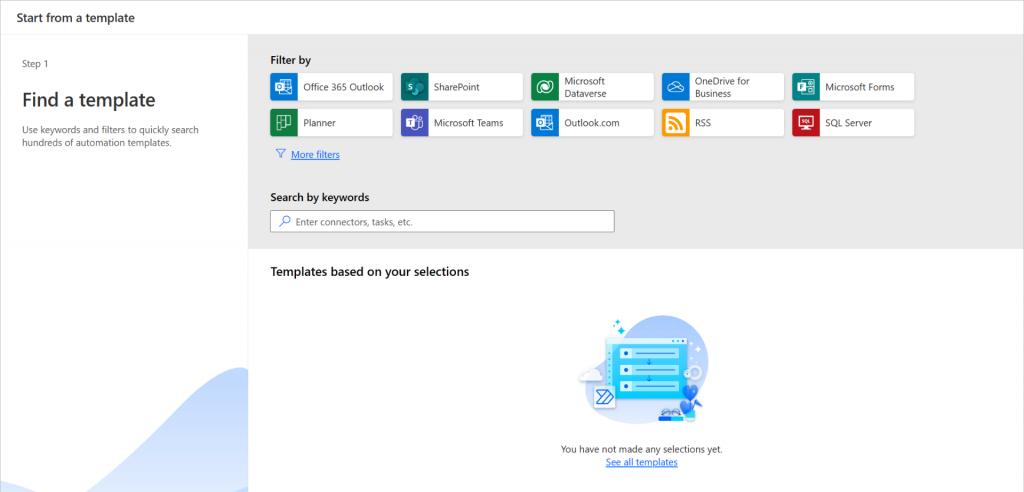
Talk about versatility in surveys and Microsoft Forms raises its arm. This is one of the best Pollfish alternatives, especially if you do not wish to create surveys from scratch.
You get a variety of pre-designed templates for surveys, polls, and questionnaires. These templates cover a wide range of use cases, making it easy to get started with your survey.
Also, you can customize these templates to suit your specific needs – modify questions, add or remove sections, and personalize the survey with your organization’s branding and logo.
My favorite feature of the tool is its AI-powered logic that offers smart recommendations on how to set up and customize the survey or form for the best results. It cleverly suggests potential questions and question types based on the templates available in the built-in library.
Even its skip logic and branching features are pretty useful for creating dynamic surveys. Based on how a respondent answers a particular question, they can be directed to different parts of the survey, ensuring a more personalized and relevant experience.
What You’ll Like:
- Collect responses anonymously without tracking the names or email addresses of the respondents for sensitive topics.
- Integration of conditional logic to forms so that the questions can change based on the previous answers.
- You can send a customized message after the survey completion to build rapport and win their loyalty.
- Built-in analytics and reporting tool to view responses in real-time and generate charts/graphs to analyze the data.
- Share surveys with a broad audience by generating a link, embedding it on a website, or distributing it via email
What You May Not Like:
- Not be suitable for complex surveys or forms that require advanced question types or data analysis.
- Does not allow adding custom CSS or HTML to surveys or quizzes.
Price: Starts at $6/month. Billed annually.
7. Cognito Forms – Best for Secure Online Forms
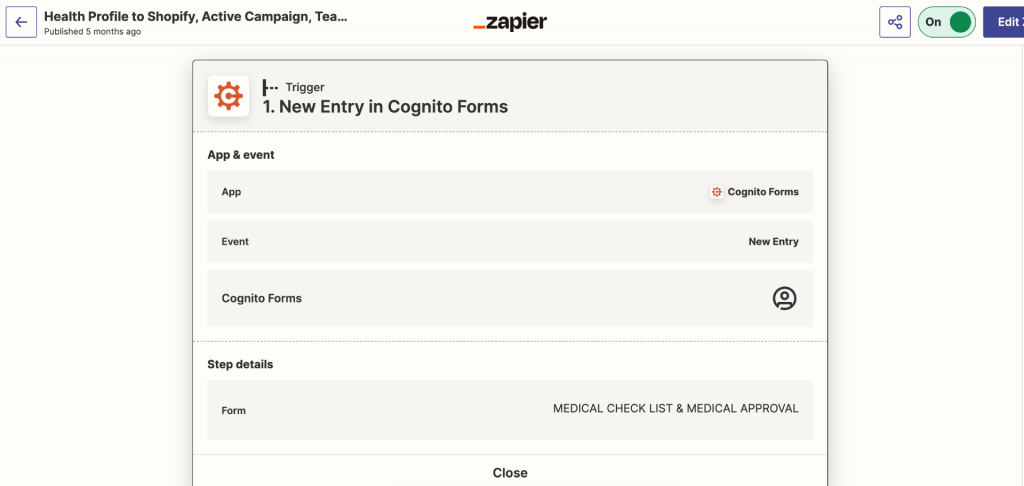
(Source: Zapier)
There’s no alternative to security in surveys.
And this is where a tool like Cognito Forms comes in handy.
This is a wonderful alternative to the Pollfish survey tool with advanced security features recommended to me by a peer.
Cognito Forms uses TLS 1.2/SSL encryption and is always accessed over HTTPS when used. It also encrypts sensitive data at rest using 256-bit AES encryption and protects it from being emailed or transmitted in an insecure way.
It offers different field types, such as rating scales, so you collect diverse data with ease. You can also customize its survey templates and surveys you create from scratch to match your branding.
What You’ll Like:
- Allows collection of electronic signatures from customers or clients using a signature pad or a mouse.
- Complies with industry standards and regulations, including GDPR, HIPAA, and WCAG 2.0
- Data masking to mask or hide specific fields, such as social security numbers and credit card numbers.
- Save your progress and resume later using a unique link or a login form.
- Geolocation tracking for form submissions to verify the location of users.
What You May Not Like:
- Advanced features are locked behind subscriptions, which can be expensive.
- There is no search feature, making it difficult to find specific information.
Price: Starts at $15/month. Billed annually.
Which Pollfish Alternative Is Best for You?
Which of these Pollfish alternatives and competitors do you think is better when compared to Pollfish pricing and features?
Let me make it easier for you.
I have shortlisted the top three Pollfish alternatives from my list above. Here is a recap of each:
Option A: Qualaroo
Qualaroo is an excellent Pollfish alternative offering real-time and contextual feedback solutions. It excels in targeted surveys triggered by user behavior at the right time.
Qualaroo’s Nudge templates are highly customizable, so you can make your surveys a part of your user interface and branding. Not to mention, you can also track and visualize emotions in the written feedback using its sentiment analysis technology.
Read More: How to Create Website Surveys That Work?
Option B: Google Forms
Google Forms is another good Pollfish alternative, especially for small and medium-sized businesses. It is user-friendly and can facilitate form creation.
It has visual summary charts that simplify data interpretation, helping in decision-making. So, Google Forms is a versatile, cost-effective choice for data collection and analysis.
With plenty of customization options, you can maintain your brand’s look. Plus, it’s free! Nonetheless, the free version does have limitations.
Option C: Zoho Survey
Zoho Survey is a versatile tool for creating, distributing, and analyzing surveys. With 200+ templates, skip logic and multilingual support, it’s a powerful online survey platform.
What sets it apart is the ability to conduct offline surveys on iPads or Android tablets, perfect for remote locations or events with no internet. When you’re back online, it seamlessly syncs your data.
If you ask me, I’d go with Qualaroo. I am currently using it, and it’s working incredibly well for me. The high-level customization and advanced targeting for surveys are what still hook me to this tool.
Frequently Asked Questions
What data does Pollfish collect?
Pollfish collects various types of data from survey participants, including demographic information such as age, gender, location, and sometimes more specific details like income or education level. It also collects data on user behavior and mobile usage patterns.
How do I complete the Pollfish survey?
To complete a Pollfish survey, users get an in-app survey invitation offering incentives. By clicking on it, they access the survey within the app. Respondents answer the questions, and upon completion, they receive confirmation and potential rewards.
Honest engagement and commitment to any provided instructions are crucial for accurate data collection.
 Tips
Tips
We’d love to hear your tips & suggestions on this article!
FREE. All Features. FOREVER!
Try our Forever FREE account with all premium features!

 We'd love your feedback!
We'd love your feedback! Thanks for your feedback!
Thanks for your feedback!


